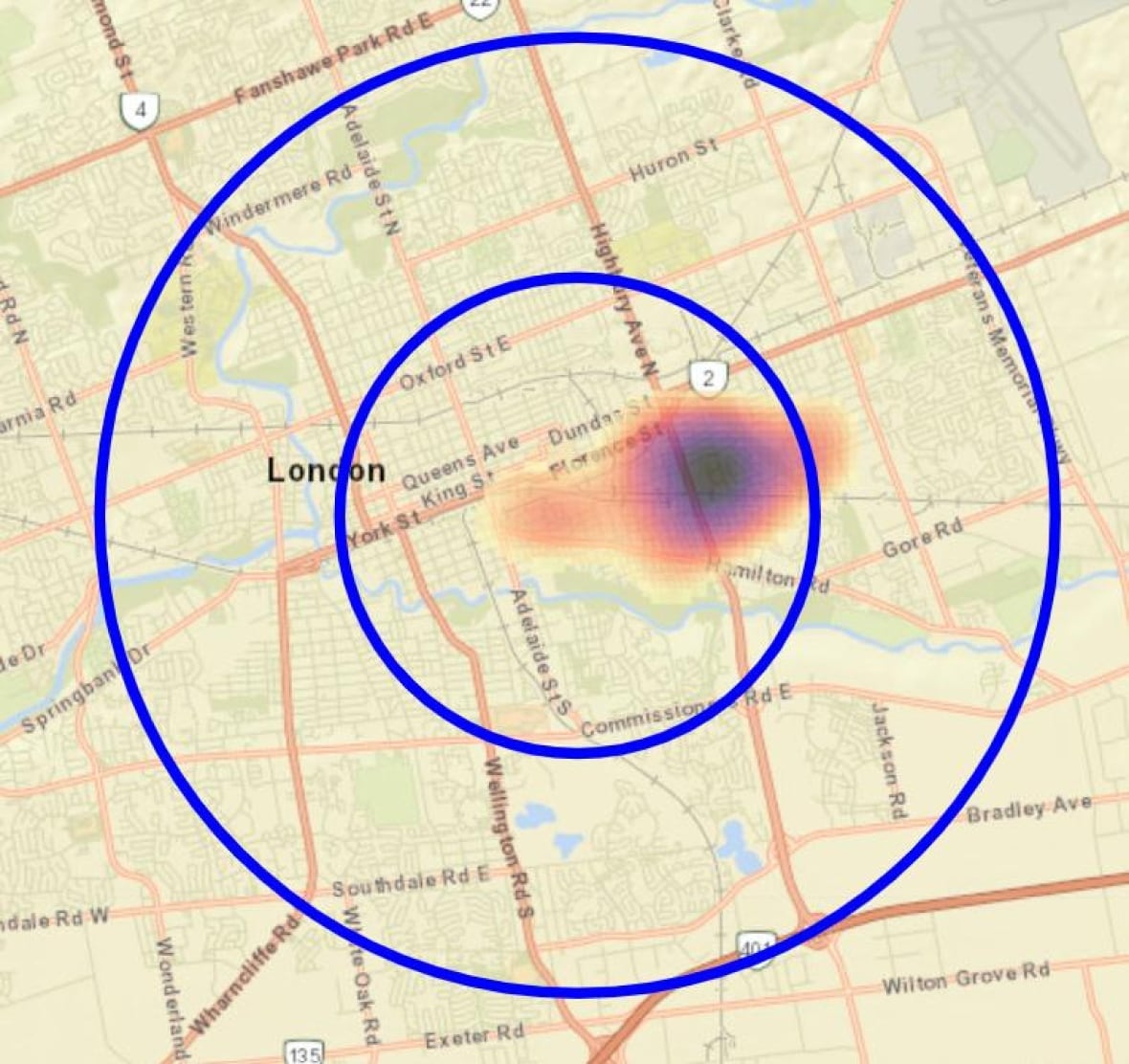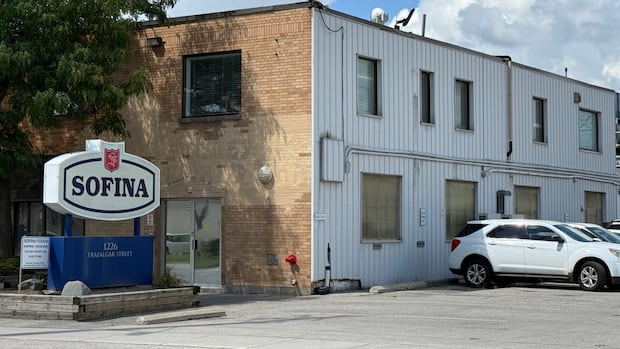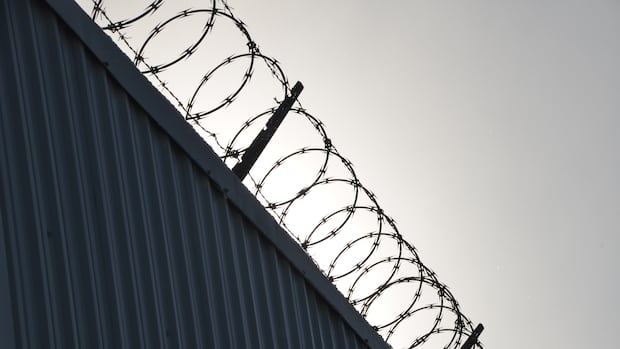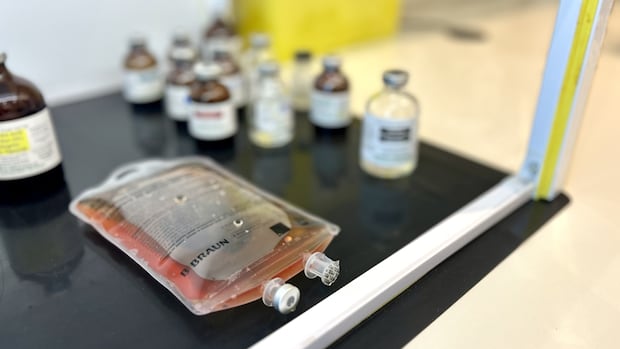The likely source of a persistent outbreak of legionnaires’ disease that’s killed four people and sent nearly 90 people to hospital in London, Ont., has been determined.
The Middlesex-London Health Unit (MLHU) said Tuesday that it has matched the bacterial subtype that can cause pneumonia-like symptoms in people to Sofina Foods Inc., a meat-processing plant that employs hundreds of workers in the city’s east end.
“During extensive case investigations, environmental sampling and collaboration with building operators, multiple cooling towers at nine separate locations in London tested positive for live legionella bacteria,” the health unit wrote in a statement. “Results from further testing at Sofina Foods Inc. were found to match the subtype linked to the outbreak.”
The health unit declared the outbreak over on Aug. 6 after a three-week period in which no new cases were confirmed, Dr. Joanne Kearon, the health unit’s associate medical officer of health, said in an interview Tuesday with CBC News.
Since then, however, 25 new cases have emerged, prompting the outbreak to be redeclared.
“We had hoped that the remediation efforts undertaken by operators earlier this year was sufficient to end the outbreak, but with several weeks in the heat, the bacteria likely regrew and started transmitting again,” Kearon said.
The scope of the MLHU investigation that started in early July was vast, with people getting sick within a six-kilometre radius across the city. At one point, the health unit found positive bacteria inside the cooling towers at Victoria Hospital, the region’s largest medical centre.
Sofina says previous testing showed ‘negative results’
In a statement to CBC News, Sharon Begley, chief safety officer at Sofina Foods, said the company “is deeply committed to the health and safety of our employees, our products and the community,” and it will continue to work with MLHU “to fully address its findings.”
“Knowing the robust daily safety and sanitation program and testing we have in place, and the negative results from previous testing, the most recent results” from MLHU “were unexpected,” the release said. “We are deeply concerned with this new information and we are continuing to investigate this fully.”
The release said Sofina Foods has been “following MLHU guidance and working with our outside specialists who have expertise in this area, and who administer our regular cooling tower cleaning and maintenance.”
“We took immediate action as soon as MLHU shared its findings with us. Over and above our regular processes, we conducted further deep cleaning and disinfecting processes recommended by MLHU.”
The company said the cooling tower is offline and will remain so until additional work is completed. “We will continue testing to ensure any risk has been eliminated.”
More cases expected due to incubation period
Legionella is not transmitted from person to person or through eating or drinking. If the bacteria are aerosolized or misted into the air (via wind or fans), people may inhale them and become unwell.
The bacteria occur naturally in soil and water, and can contaminate and grow in environments including hot tubs, cooling towers, hot water tanks, and parts of commercial air-conditioning systems, the health unit said.
Most people exposed to legionella don’t get ill, but some may experience Pontiac fever, a mild, flu-like illness that commonly resolves itself.
To date, the outbreak has been linked to “serious pneumonia” in at least 94 London residents, the health unit said. At least 86 have been hospitalized and four have died. Six people remained in hospital as of Tuesday.

“We are continuing to receive ongoing cases,” Kearon said. “Legionella has an incubation period of two to 10 days … there may still be further cases in the next two weeks.”
It’s not clear how many Sofina workers may be among the cases or deaths.
“I can’t speak to how many are directly linked to Sofina in terms of working there,” she said. Sofina Foods did not respond to a follow-up inquiry.
The health unit began seeing new cases “several days” after the outbreak was declared over, but it wasn’t immediately clear whether they were isolated or linked to the outbreak, she said. Sporadic cases are expected every year, with typically five to six in the summer.
“We did not disclose it at the time because we wanted to have time to visit cooling towers prior to notifying operators that we would be visiting and that we would be requiring further disinfection. Disinfection processes can sometimes produce false negatives.”
Afternoon DriveWhat is legionnaires’ disease exactly?
A legionnaires’ outbreak has been declared in London with one death and more than 40 people sick. Dr. Anna Banerji, a pediatric infectious disease specialist at the University of Toronto, shares her insight on how the spread and containment of the disease works.
No source had been confirmed yet when the outbreak was initially declared over, but Sofina Foods was identified as a likely source after the health unit began retesting high-risk cooling towers, Kearon said.
The health unit’s decision to publicly identify the business involved came out of a need to reassure the public and be transparent given the outbreak’s size, she said.
Kearon said Sofina Foods has been fully co-operating through the investigation and had chemically disinfected the cooling towers earlier this summer, something health officials hoped would be sufficient.
“However, in cases like this, where the outbreak is so large, there is the risk that there is actually a layer of bacteria that needs to be physically removed from the system. That is what Sofina is currently doing with their contractor,” she said.
“We are ensuring that full physical remediation has occurred, and then we will be testing on an ongoing basis to ensure that it does not regrow.”

Health officials have also determined the facility was the likely source of last year’s legionnaires’ disease outbreak that left two people dead and 30 others sick.
Samples taken from those infected this year were found to have the same subtype seen in last year’s outbreak, she said.
Although other cooling towers within the six-kilometre radius tested positive for legionella bacteria, only the bacteria subtype found at Sofina had a match with outbreak case samples, Kearon said.







